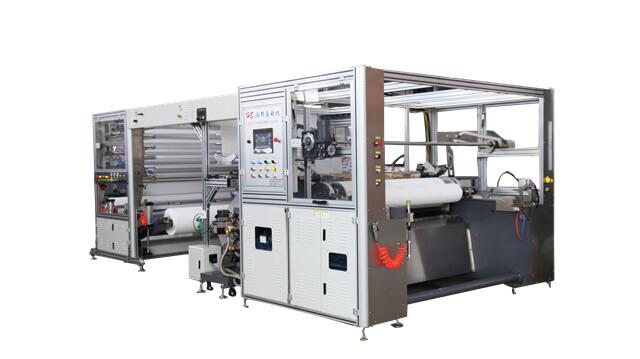
1. Introduction to Non Woven Composite Embossing Machine. 2. High Precision Embossing Technology. 3. Customizable Patterns and Designs. 4. Enhanced Liquid Absor...
1. Machine Setup. 2. Material Preparation. 3. Machine Operation. 4. Quality Control. 5. Maintenance. 6. Safety Precautions. 7. Troubleshooting. 8. Operator Trai...
1. Regular Cleaning. 2. Lubrication. 3. Inspection of Parts. 4. Calibration. 5. Operator Training. 6. Environmental Conditions. 7. Preventive Maintenance Schedu...
Introduction. Step 1: Preparation. Step 2: Site Selection. Step 3: Unpacking. Step 4: Foundation and Leveling. Step 5: Electrical Connections. Step 6: Mechanica...
1. Determine Your Production Capacity. 2. Consider the Type of Embossing Pattern. 3. Evaluate the Quality of Materials. 4. Consider the Control System. 5. Resea...
1. Introduction. 2. Increased Absorbency. 3. Enhanced Softness. 4. Improved Air Permeability. 5. Customization Options. 6. Cost Efficiency. 7. Environmental Ben...

Applications:Processes such as embossing, punching, and laminating non-woven materials are often used in the production of diapers and sanitary napkins....

This machine is a multi-functional equipment for processing and production. It can complete drilling, slitting and rewinding at one time.Specification model: HBJX-W1600-DD type Applicab...

2 machines, operated by one person, with a production width of 190mm, 60 meters per minute, and an actual output of 1.2-1.3 tons/machine in 12 hours....
